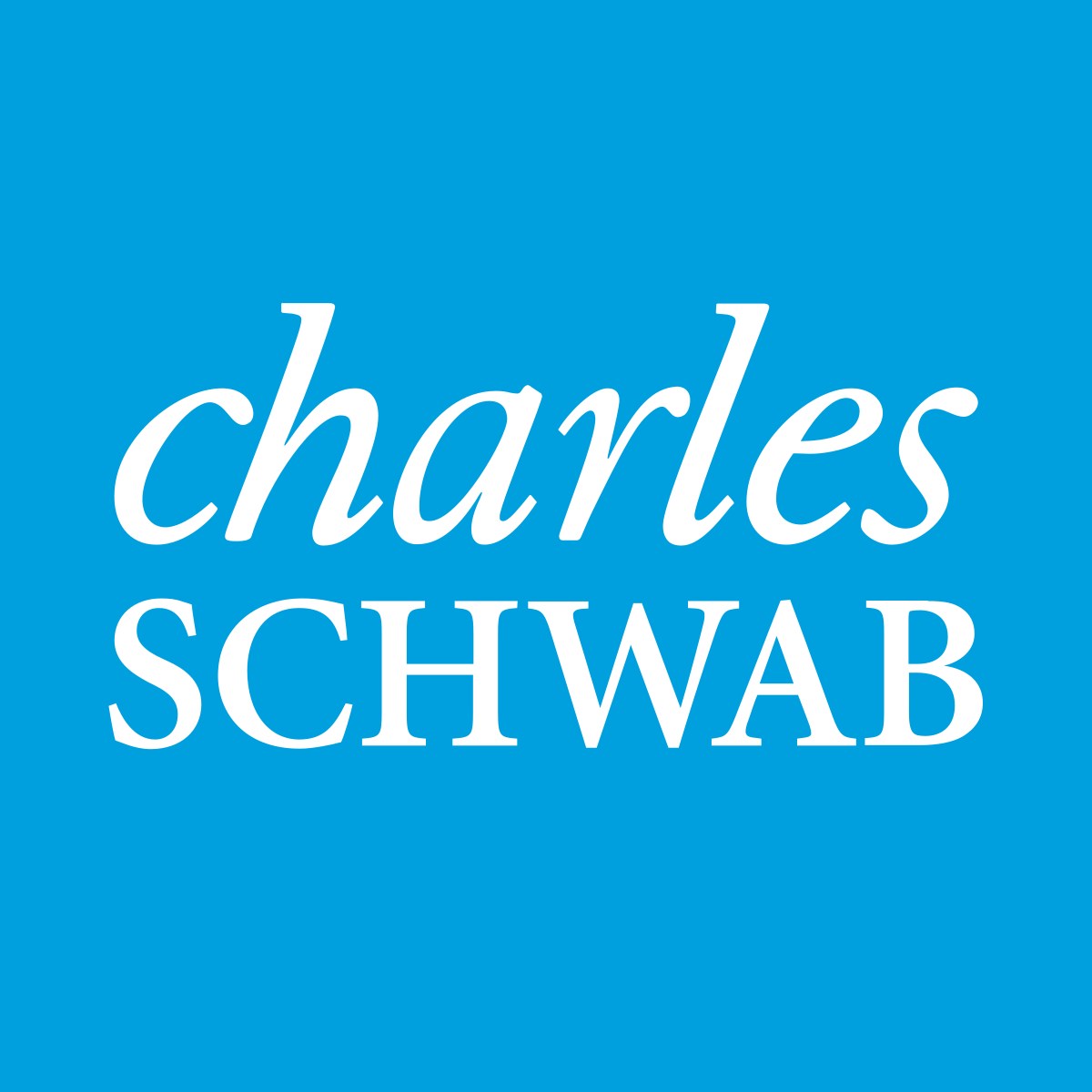How to strategically change lanes with your retirement account
No Dumb Questions
When facing major life changes such as changing jobs, supporting family, pursuing further education, or retiring, one crucial decision often arises: what to do with your existing 401(k) plan or other retirement plan monies from a former employer. Your plan for retirement is like a race plan: pro athletes do not just go as quickly as they can for the duration of the race – they pace themselves, they strategize. As you move towards your finish line (a successful retirement), you need to act with similar intention with decisions like this.
This blog post will showcase how I and Cardinal Retirement Planning’s other advisors can guide you smoothly through each step of the rollover decision-making process. I will also outline any action (or inaction) you should intentionally consider during pivotal stages of your financial journey.
Before proceeding through a retirement plan rollover, it’s essential to address any questions or concerns you may have. Through our past decade of experiences, Buddy and I have answered countless questions (big and small) such as:
- Do I need to contact my old company to start the rollover process?
- If my 401(k) fees are low, why should I consider moving my funds?
- How many accounts can I expect to have once my rollover is completed?
- Can I do this process electronically, or do I have to print out forms and find a notary?
- What is a blackout period, and why can’t I immediately roll over my money?
- How long does it take to roll over a 401(k)?
- How do different types of retirement accounts impact my tax liabilities?
- Can I view my rollover accounts on the same portal I view my and my spouse’s other investment accounts?
It is not uncommon for us to help clients navigate accounts from jobs that they, their spouse, or their parents had years ago. Sometimes, clients have even forgotten about the account, have had the funds sitting in cash for excess time, or did not realize they had access to the account so long after leaving an employer!
I always encourage open communication because I do not want anyone to feel hesitant to ask questions or tell us what they know (or do not know). My job as an advisor is to be an open ear, to educate, and to help chart your best path forward. Our fiduciary commitment means that we thoroughly explore all available options with our clients, whether it involves leaving funds in a former employer’s plan, rolling them over to a new employer’s plan or a Rollover IRA, or taking a cash distribution (which could result in taxes and a 10 percent penalty).
Understanding the Lay of the Land
A rollover involves transferring the funds in an employer-sponsored retirement plan, such as a 401(k) plan, 403(b) plan, or a Federal Thrift Savings Plan (TSP), into a new plan or an Individual Retirement Arrangement (IRA).
Rollovers can be direct, in which funds are transferred between financial institutions, or indirect, in which the funds are briefly given to you before you deposit them into the new account. Indirect rollovers are recommended only in very rare cases. Understanding the timing and mechanics of rollovers is crucial for effective retirement savings management.
Client Insight:
Consider the case of Michael, an Air Force veteran we were introduced to when he was transitioning out of the Air Force and into graduate school. During that transition, he wanted to evaluate whether it would make more dollars and sense to keep in his TSP the retirement savings he built up there or to roll the funds over to individual accounts that he (or we) could manage.
By leveraging our expertise, Michael was better able to navigate the complexities of rollover decisions, helping to ensure a smoother transition to his next phase of life. We provided personalized guidance, considering his periodic income streams and long-term savings goals. Based on a handful of decisions he plans to make once or twice a year, we helped him determine which option fit his needs and what steps to execute next.
Since the rollover was completed, I have helped him answer questions ranging from reminders of why the accounts are titled a certain way to how to navigate the Schwab client portal. He can start and stop contributions to his rollover plan as he would like, and we will advise on any periodic rebalancing he may need to consider as his career and life progress.
Benefits of Rolling Over to an IRA
Rolling over to an IRA offers several benefits, including broader investment choices, potential tax advantages, and streamlined account management. It is also an opportunity to adjust your retirement strategy to better reflect your current financial goals and market conditions.
If you are leaving an employer, you may be allowed to keep the funds you’ve contributed to your former employer’s plan in that plan, but you won’t be permitted to make additional contributions to the account after you have left the company.
Client Insight:
In Michael’s case, I learned that he was planning on being a full-time graduate student while utilizing his veteran disability benefits and some part-time work to supplement his monthly income. We helped him consider any fees he would pay under different conditions: leaving the money in the TSP, rolling to self-managed accounts, waiting to transfer the TSP until starting his next job after graduate school, or having his funds managed by Cardinal’s team.
At this juncture in his financial journey, executing Roth conversions, taking a cash distribution, or any other actions that would require paying any additional taxes today did not make sense for him. Planning for backdoor Roth contributions could have made sense if he planned to pursue jobs that would generate over $240k in household income each year once he finishes school. But he expects his household’s annual income to be between $150k-200k when he starts his new career, so that option was not a good fit for him.
Michael’s desire for flexibility in retirement contributions and his expectation to not have a full-time job for about two years led me to recommend rolling over his TSP to Rollover IRAs managed by Cardinal. By preserving the tax-deferred status of his retirement assets, Michael optimized his financial position without incurring unnecessary tax liabilities. Since Michael had both pre- and post-tax funds in his TSP, we opened two rollover accounts, one a Rollover (traditional) IRA and one a Rollover Roth IRA.
How to Execute a 401(k) Rollover
Successfully executing a rollover requires careful planning to avoid common pitfalls, such as tax liabilities, penalties for missed deadlines, and administrative hurdles. Choosing the appropriate rollover type, preparing necessary documentation, and coordinating between financial institutions are critical steps in this process.
To prevent funds from being taxed, and to make sure they are classified as a direct rollover, the check should be made payable to your new retirement account, not to you as an individual. Once the funds arrive at your new account, it is crucial to confirm they are invested appropriately and not sitting in cash or suboptimal investments for your needs.
If your rollover is being managed by Cardinal, we help execute these steps in full, including monitoring and allocating any future contributions you make to your accounts. If your plan is managed by yourself, at another employer plan, or by another advisor, we will walk beside you through the process as far as we are asked by you.
Client Insight:
Michael started his rollover right at the beginning of the TD Ameritrade-Charles Schwab merger, and that, plus mandatory blackout periods imposed by the TSP’s policies, had a big impact on his rollover timeline. Despite external challenges, our team’s proactive management helped ensure a smooth transition, and Michael did not have to handle the intricacies of the transfer process himself.
To begin exploring the rollover option, I reviewed a recent statement Michael provided for his TSP plan. When starting a rollover, these statements typically need to be dated within the past 90 days. We discussed his plan’s current assets, his goals, what types of funds we would use, and differences in fees or costs of the plans. When we agreed on the plan, Michael and I called his TSP representatives together to help initiate the rollover paperwork.
I set a calendar alert to call Michael when the TSP blackout period ended, and at that point we submitted the rest of the paperwork for the transfer; I utilized Schwab’s online client onboarding process to send Michael the new account paperwork for electronic signatures. Michael and I talked on the phone and via email as the paperwork was processed, accounts were opened, money moved, and he became familiar with Schwab’s client portal. I made sure Michael knows how to reach me and my team throughout the year, when he can expect to hear from us, and how to access his accounts anytime online.
From first talking to Michael to the time the money was rolled over into his new accounts, the process took four months. Not every rollover is as prolonged, and most do not occur during major financial institutions finalizing a multi-year merger! But my attention to detail and dates is constant. Typically, this process is completed within a few weeks or less than a month.
After the process was completed, Michael’s two new rollover accounts were housed at Charles Schwab ready to be managed by our team. Throughout the process, Michael told me he valued that I would take the time to listen and re-explain things when he got details confused (through no fault of his own!), especially since these processes can take time to complete depending on the employer-sponsored plan’s policies and provisions.
At Cardinal Retirement Planning, Inc., we recognize that a 401(k) rollover is more than a transaction – it is a strategic maneuver in your financial journey. The moves you make today depend on how far into the race you are – is now the time to make a push, or is it better to conserve your energy for a little while longer? Whether you are transitioning jobs or planning for retirement, our team is dedicated to providing personalized guidance tailored to your unique circumstances. Contact us today to discuss how we can assist with your 401(k) or other retirement plan rollover, understand the options available to you, and address other retirement planning needs that are impacted by these decisions.
Jacob Yocco, CFP®




